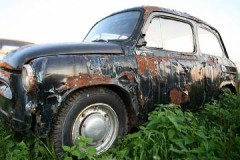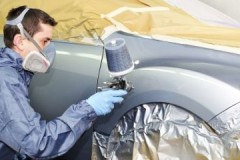Tips from experienced car owners how to flush the engine cooling system from rust and scale
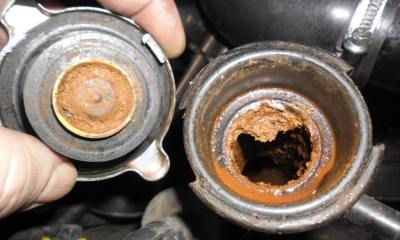 Flushing the engine cooling system is a mandatory procedure for every motorist. Scale, dirt, rust remaining inside ultimately clog the radiator channels, pump, pipes.
Flushing the engine cooling system is a mandatory procedure for every motorist. Scale, dirt, rust remaining inside ultimately clog the radiator channels, pump, pipes.
To prevent this, it is important to determine the moment when the structure needs cleaning and choose the right tool. To remove deposits, both folk and special cleaners are used.
In this article, we will tell you how to flush the engine cooling system from rust and scale at home.
Content
When is flushing required?
Internal cleaning is recommended at least once a year. This is best done after winter is over. An indicator light with a radiator image helps to determine the exact time. In addition, there are other signs by which one can judge the need for cleansing.
These include:
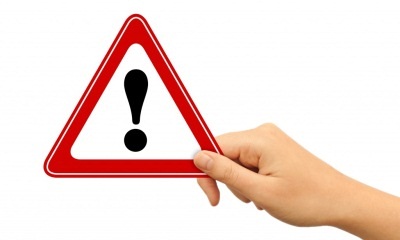 Systematic overheating of the engine and failures when starting.
Systematic overheating of the engine and failures when starting.- The inertia of the rheostat, the inhibited response to its signal.
- High temperature reading of the coolant sensor.
- Interruptions in the operation of the pump, signaling problems in the system.
- Changes in the color and smell of the refrigerant in the expansion tank.
What do you need to know before the procedure?
Flushing the cooling system is a serious procedure that requires skill in car maintenance. An illiterate cleaning can turn into problems, therefore, before starting the procedure, it is necessary to familiarize yourself not only with the mechanism of the mechanism, but also with the cleaning rules.
For instance, if the air conditioner condenser is made of aluminum, then the use of citric acid can cause thinning of its walls... At the same time, cast iron and steel parts completely retain their integrity.
The design of the cooling system must also be considered. Thin channels can be damaged if fragments of a thick film of old antifreeze, pieces of rust or scale are torn off during cleaning. If the channel is blocked, the engine will overheat.
To avoid problems that arise during radical cleaning, it is recommended to carry out prophylaxis, use the original composition of antifreeze and change it in time.
Home remedies
With proper care and maintenance, cleaning the cooling system is easy. Before starting the procedure, you must prepare it:
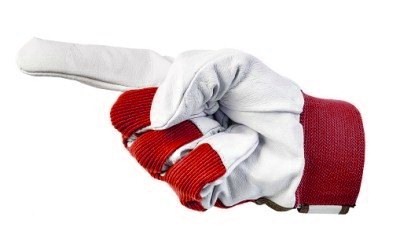 The engine is cooled if it has been running before.
The engine is cooled if it has been running before.- Place a container for the old antifreeze under the drain.
- Unscrew the plugs from the bottom of the radiator and cylinders.
- Wait until the liquid is completely drained from the system.
- The drain plugs are screwed back.
- Fill the expansion tank with a cleaner.
Distilled water
If over the past years the car has been kept in order, preventive washing was carried out, then the use of distilled water is considered sufficient.
It is poured into an empty expansion tank... The amount of distillate should correspond to the volume of the container. After that, the engine is started for 10-25 minutes.
For the best effect, it is recommended to make a test drive. After turning off, the car is allowed to cool down and the water is drained from the tank.
Lemon acid
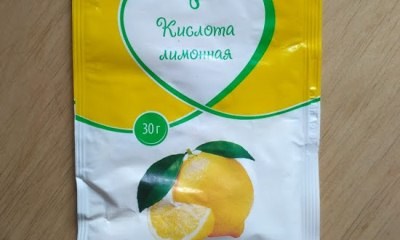 This product helps to deal with minor contamination. To prepare a working solution, citric acid is dissolved in water.
This product helps to deal with minor contamination. To prepare a working solution, citric acid is dissolved in water.
The standard proportion is 30-40 g per 1 liter. To enhance the effect, a more concentrated solution is prepared by increasing the dose of powder to 80-100 g. The optimal pH value of the lemon reagent is 3.
After the cleaner is poured into the tank, turn on the engine and warm it up for 15-25 minutes. Leave the reagent in the system for 5-12 hours. When draining the solution, visually check the degree of contamination... If necessary, the cleaning procedure is duplicated.
You can learn more about the use of citric acid in the fight against rust. here.
The video will tell you how to flush the cooling system with citric acid:
Vinegar
For washing, take vinegar having a concentration of 9%... For 5 liters of water, you need a glass of acid (250 ml). This cleaner is used by analogy with citric acid.
The vinegar reagent is poured into a container, from which antifreeze is previously drained. Fill the tank with the prepared solution, start the engine for 20-30 minutes. The vinegar liquid is drained after 8-12 hours. The system is flushed with distillate and filled with new refrigerant.
For more information on the use of vinegar in the fight against rust, see this articles.
Milk serum
For work, use a store or homemade serum... In the latter case, the liquid must be filtered through several layers of gauze so that no curdled inclusions remain in it. Do not dilute the serum with water before use.
Soda
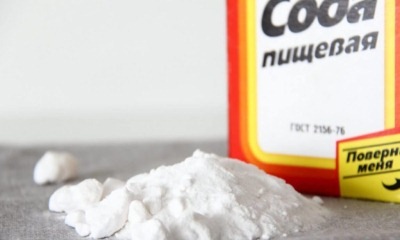 The washing solution is prepared from soda ash (8-10%) and caustic (3%) soda.
The washing solution is prepared from soda ash (8-10%) and caustic (3%) soda.
The powder is diluted with water, its amount in the solution should be 85-90%... After filling the tank with a soda reagent, a car drives 50-100 km. Then the purifier is drained and the distillate is passed several times.
The soda solution should not be left in the cooling system for a long time. The maximum time is 24 hours.
Cola
The drink contains phosphoric acid, which dissolves salt deposits and rust. However, the method is considered not the safest, since acid has a negative effect on rubber pipes, and sugar on metal surfaces.
If the choice still settled on this purifier, then carbon dioxide is first removed from the drink.After filling, the engine is left in working condition for a maximum of 15-20 minutes. After removing the Coca-Cola, the system is cleaned with distilled water. Read more about the use of Coca-Cola against rust. here.
Special formulations
Ready-made chemical cleaners are divided into four groups:
- neutral,
- acidic,
- alkaline,
- combined.
To select a suitable fluid, it is necessary to determine the degree of contamination of the cooling structure and the type of deposits.
The line of effective chemical washes includes:
- LAVR. Foam decarbonization of Russian production is intended for trucks and cars. For the purpose of washing, first fill in the liquid from the bottle No. 1 and water. Start the engine for a quarter of an hour. The first reagent is decanted and the liquid is poured from bottle No. 2 by adding water. Leave the car again with the engine running for 15-20 minutes. Flush the system with distillate two or three times. A set consisting of two bottles costs an average of 500 rubles.
-
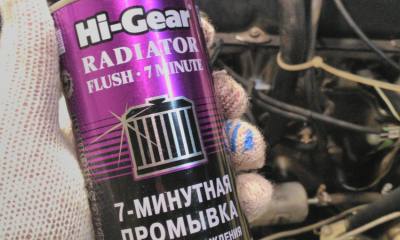 Hi-Gear Radiator Flush... A product manufactured in the USA. Suitable for passenger car brands. There are no acids in the formula, so the cleaner is safe for rubber elements.
Hi-Gear Radiator Flush... A product manufactured in the USA. Suitable for passenger car brands. There are no acids in the formula, so the cleaner is safe for rubber elements.The product is poured into the tank with a cold engine, after mixing the entire volume of the bottle with 4-5 liters of water. The engine is started for 7 minutes at a speed of 1500–2500 rpm.
Then they wait for the engine to cool, drain the chemical and wash with distillate. The average price of a bottle is 350 rubles.
- LIQUI MOLY Kuhler-Reiniger... German remedy, which is classified as neutral. Ideal for cleaning from rust, oils, emulsions. The reagent is added to the coolant at the rate of 300 ml per 10 liters of refrigerant. They start the car and keep it idling for up to half an hour. After turning off, if necessary, leave for another 3 hours. Then the contents are decanted and washed with distillate. The bottle is sold for an average of 460 rubles.
Recommendations
When cleaning the cooling system, it is recommended to follow the instructions supplied with the selected cleaner. It is also helpful to remember some important points:
- after cleaning, the system is thoroughly washed with distilled water;
- in the presence of heavy contamination with rust and scale, repeat the cleaning;
- if the cleaner is poured into a still warm system, then it should also be warm;
- when choosing a chemical reagent, the scope of its application should be considered.
All the most useful and important information about the ways and methods of removing rust from a car - here.
Conclusion
Both folk and special remedies for rust and scale help to flush the engine cooling system.
To reduce the frequency of cleaning, it is recommended to change the refrigerant in a timely manner. in the system and carry out preventive measures. In this case, the cooling system will work properly and will not create problems with engine overheating.


